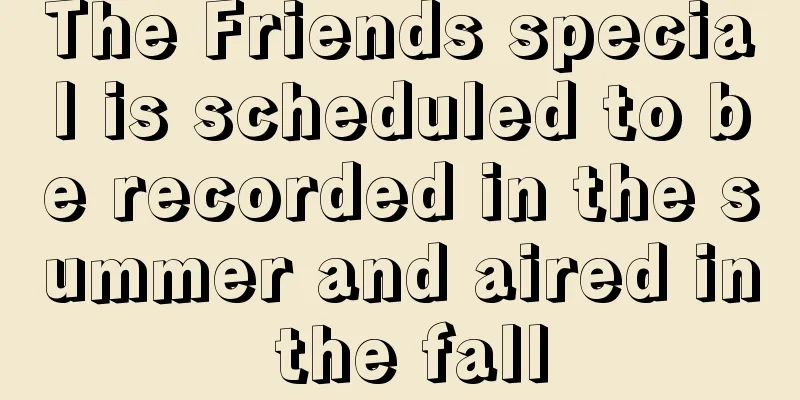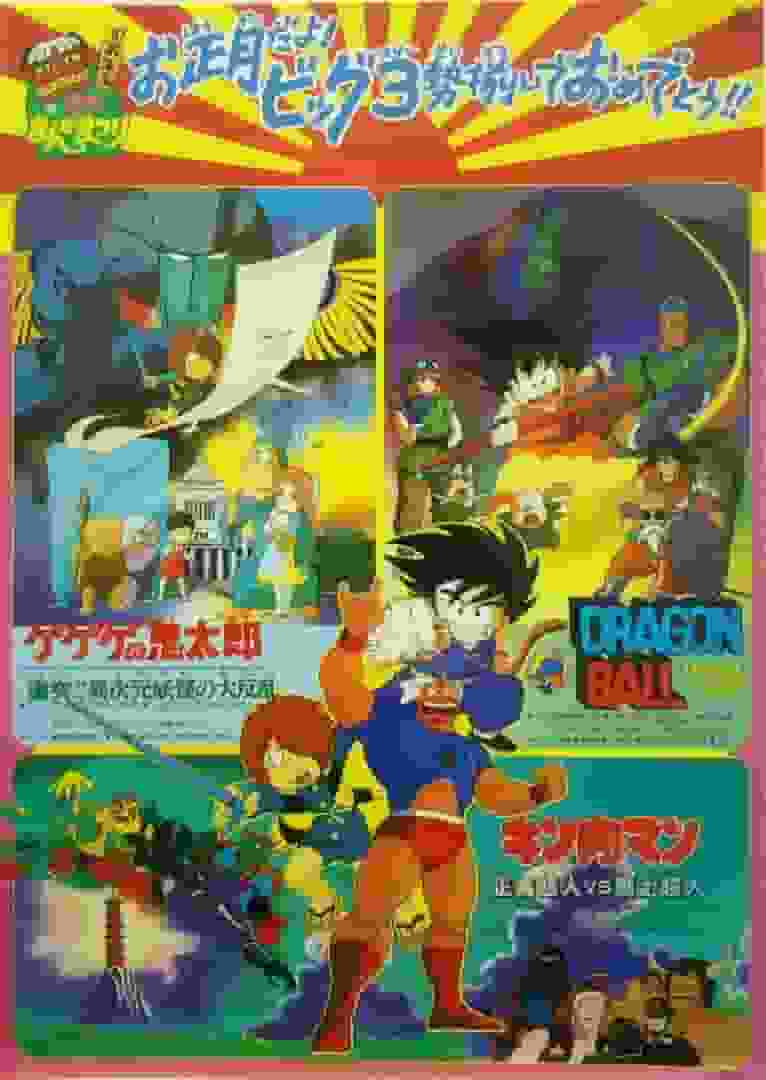"Dojoji" Review: What is the appeal of this anime that combines tradition and innovation?
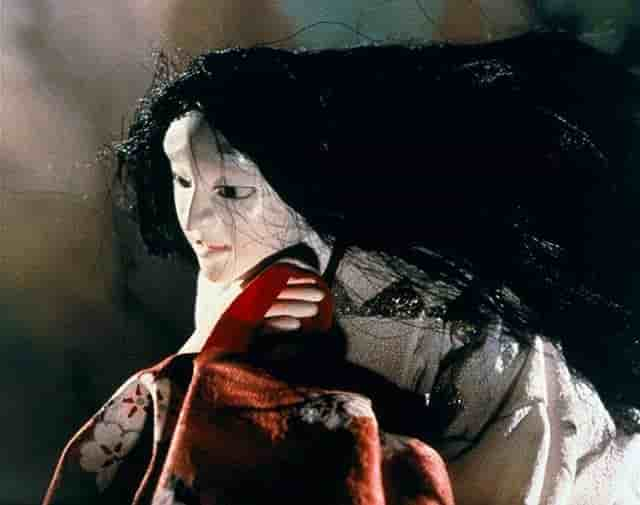
The fascinating and profound world of Dojoji■ Public MediaIndependent Production ■ Original MediaTraditional literature ■ Release date1976 ■Frequencies19 min ■Original StoryThe story of "Anchin Kiyohime" ■ Director・Direction: Kihachiro Kawamoto ■ StoryIn spring, an old monk and a young monk on their way to Kumano visit a certain mansion and ask for a place to stay for the night. The woman, captivated by the young monk's beauty, invites them into the mansion. Late at night, the woman sneaks up on the sleeping monk, but the monk refuses her and prays to the Buddha, refusing to give in to the woman's temptation. The woman continues to cling to him, so the monk lies to her and says that he is going on a pilgrimage to Kumano and will return to her on his way back, and hands her a Buddha carved into a tree. The woman eagerly waits for the monk to return and bows to the Buddha, but he does not appear even after the appointed time has passed. She asks the traveler where the monk is, and he says that he has already returned home. As soon as she realizes that she has been betrayed, the woman loses her senses and runs after the monk. When the monk sees the woman catching up with her and runs away, the woman's obsession and hatred become mixed up, and with one thought, she jumps into the Hidaka River, transforms into a giant snake, and crosses the river. The monk escapes and takes refuge in the Dojoji Temple bell. The giant snake pursues him and engulfs the bell in flames of obsession. Shedding tears of red blood, the giant snake, having fulfilled its love for the monk, turns back into a woman and quietly drowns in the Hidaka River. The monk, reduced to ashes by the woman's obsession, is blown away by the wind that scatters the falling cherry blossoms, leaving no trace behind. ■Explanation "Dojoji" is based on the anecdote of "Anchin Kiyohime" and has been produced in many plays, including Kabuki and Noh. The story revolves around a woman's obsession. In this work, Kawamoto prepared two heads of the woman and used them depending on the emotions of the woman. One woman is entranced by the young monk, the other woman crawls into his room at night, the other woman chases after him... The ugly and mad deeds of women are depicted in cruel beauty. The woman who dreams of being united with him is brave and fleeting, but as soon as she realizes she has been betrayed, her expression changes. The modeling elements of a Noh mask are incorporated into the face of this woman, and the facial expression created by lighting is taken from an "oni" (demon). The way she runs with her hair tousled by the wind and the way she catches up with the man who betrayed her and catches her breath are miraculous animation expressions that are hard to believe are stop motion (frame-by-frame). ■ Main staff・Screenplay / Kihachiro Kawamoto・Direction / Kihachiro Kawamoto・Puppets / Kihachiro Kawamoto, Hiromi Wakasa, Kayoko Takahashi・Animation / Kihachiro Kawamoto, Ryo Ozaki, Hirokazu Minegishi, Tokiko Ohmukae・Effects・Animation / Hiroshi Shinsenji, Takashi Komae, Masami Tokuyama, Chizuko Yokosaka・Music / Teizo Matsumura・Title lettering / Hideo Goto・Art / Tsuyuhiko Mibu, Ryo Nakagawa・Cinematography / Minoru Tamura・Sound recording / Isamu Katto・Effects / Iwao Takahashi・Editing / Naoko Aizawa・Development / Tokyo Developing Laboratory・Cooperation / Teizou Yoshida, Shizuka Sekosawa, Akiko Takiguchi, Miwako Asami, Kahoru Hosaka, Ken Saito, Seiya Maruoka, Tadayuki Kawabata, Echo Studio ■Detailed explanation and evaluation"Dojoji" is a stop-motion animation film directed by Kihachiro Kawamoto that has been highly praised for its artistry and profound themes. A masterpiece that combines traditional Japanese culture with modern animation techniques, the film is not only visually stunning but also has a deep narrative insight. Kihachiro Kawamoto is a world-renowned master of puppet animation, and "Dojoji" is one of his masterpieces. Stop-motion animation is a very time-consuming technique, but Kawamoto makes full use of it to realistically depict the woman's expressions and movements. In particular, the idea of using two different heads to express the woman's obsession and madness not only creates a visual impact, but also adds to the psychological depth of the story. Additionally, background paintings by Tsuyuhiko Mibu are an important element in enhancing the overall atmosphere of the work. Mibu's "tarashikomi" technique inherits the tradition of sumi-e while breathing new life into modern animation. This technique expresses subtle changes in the landscape and space, creating a visual rhythm that matches the progression of the story. In particular, the background paintings in the scene where the woman transforms into a giant snake are essential to enhancing the dramatic effect. Music is also an important element of "Dojoji." The score by Teizo Matsumura accentuates the tension and tragedy of the story and blends perfectly with the visuals. The music, especially in the scene where the woman chases the monk, makes her madness and obsession even more profound. "Dojoji" skillfully depicts opposing elements such as beauty and ugliness, love and hate, obsession and madness. As if embodying Shakespeare's words, "Beauty is ugly and ugliness is beauty," Kawamoto explores the complexities of the human psyche in this work. The process in which the woman's love and hate merge and ultimately destroy her is extremely impressive both visually and psychologically. ■ Recommendations and related works"Dojoji" is a must-see for anyone interested in stop-motion animation and Japanese culture, as well as for those who enjoy profound themes. Other works by Kihachiro Kawamoto, such as "Book of the Dead" and "Puppet Show," are equally artistic and well worth checking out. The story of Anchin Kiyohime, the original of "Dojoji", is also famous in Kabuki and Noh. In particular, the Kabuki version of "Dojoji" is a masterpiece that depicts the madness and obsession of a woman, and it would be interesting to compare it with the animated version. The Noh version of "Dojoji" also depicts the story in a traditional way, allowing you to enjoy the story from a different perspective. In addition, the works of Tsuyuhiko Mibu, who was responsible for the background paintings of "Dojoji", are also noteworthy. Mibu's "Wind God and Thunder God Screen" and "Deer-Illustrated New Kokinshu Waka Scroll Fragment" are important works for understanding his technique and aesthetics. By appreciating these works, you will be able to gain a deeper understanding of the beauty and depth of the background paintings of "Dojoji". ■ Summary"Dojoji" is a masterpiece that combines Kihachiro Kawamoto's artistry with profound themes. It is a work that combines the techniques of stop-motion animation with the beauty of traditional Japanese painting, leaving a strong visual and psychological impression. It skillfully depicts opposing elements such as beauty and ugliness, love and hate, obsession and madness, providing viewers with deep insight. This work is highly recommended not only for those who are interested in stop-motion animation and Japanese culture, but also for those who enjoy profound themes. By viewing other works by related works and background artists, you will be able to understand the appeal of "Dojoji" even more deeply. |
<<: Hyoutan: A review that focuses on the unique story and charm of the characters
>>: UFO Robot Grendizer: The appeal and reputation of the classic robot anime
Recommend
Let's take a look at the famous comics that have won Guinness records. Each of them is legendary.
Japan, a country that is a major producer of anim...
Famous director Martin Scorsese continues to criticize Marvel: We can't let young people think that the cinema is an amusement park
Recently, Martin Scorsese, a famous director who ...
More interesting than Naruto! Masashi Kishimoto's new work "Samurai 8" will be serialized in 2019
At the "JUMP Festival 2019" held in Mak...
The appeal and reviews of Baby Felix: An anime that can be enjoyed by both children and adults
Baby Felix - A nostalgic NHK ETV anime series The...
The second season of the popular suspense drama "Night Agents" was first released and will be broadcast on January 23
Streaming service Netflix has released the first ...
The box office on the Chinese Valentine's Day exceeded 500 million, setting a new single-day box office record since the resumption of work
According to data from Maoyan Professional Editio...
Guo Jingming responds to the CG quality of the trailer for Lord of War 2: 60G compressed to over 200MB
After two years, the trailer of "Jade Dynast...
New Star Trek Movie in Production, Star Wars: Andor Director Directed
According to Deadline, JJ Abrams' company Bad...
The sequel to "Waterworld" is being planned and may be broadcast on the Peacock platform
According to film and television media Collider t...
The third season of "Magical Girl Kurumi" is scheduled to premiere on October 7, and the main character of the theme song has been confirmed
The popular TV anime "Magical Girl Kurumi&qu...
Pottermore and Warner Bros. to create new Harry Potter universe website
According to foreign media Neowin, Warner Bros. E...
threezero Transformers MDLX Optimus Prime alloy model is priced at 520 yuan
Recently, a well-known model manufacturer launche...
"One Punch Man" author Yusuke Murata shows off new illustrations, amazing painting skills
Yusuke Murata, the author of the classic anime &q...
The appeal and reviews of "Maegami Taro": A thorough explanation of the unique characters and depth of the story
"Maegami Taro": The charm of an animati...
Review of "Requiem of the Rose King": A fusion of epic story and beautiful visuals
Detailed review and recommendation of The Requiem...
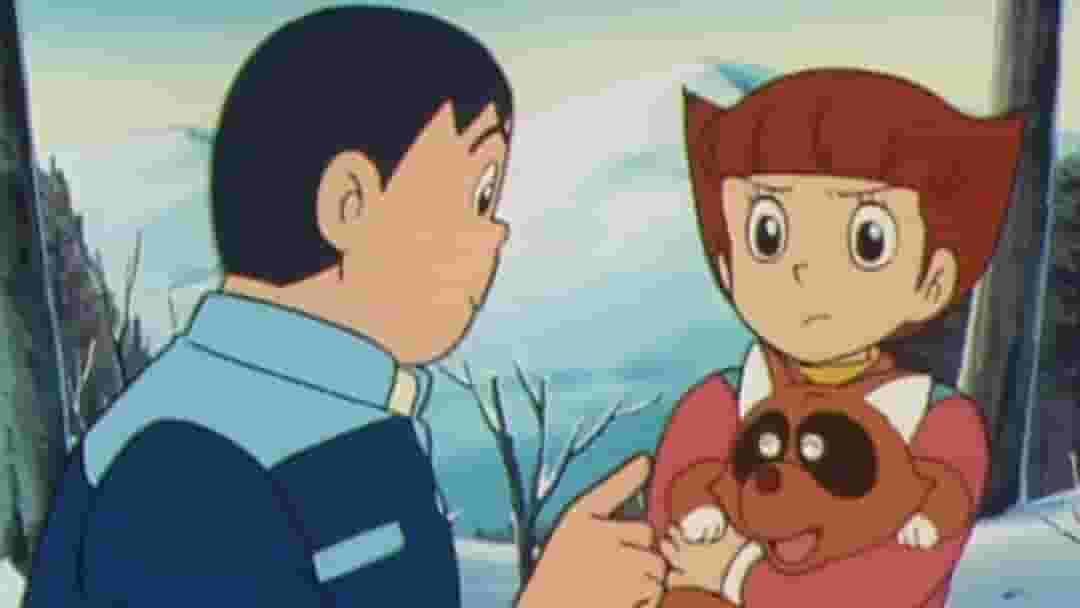

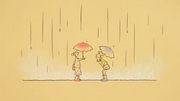

![STRAY SHEEP Poe's Christmas [Pilot] - Its Appeal and Evaluation: Quality that Exceeds Expectations](/upload/pic/02793.jpg)

